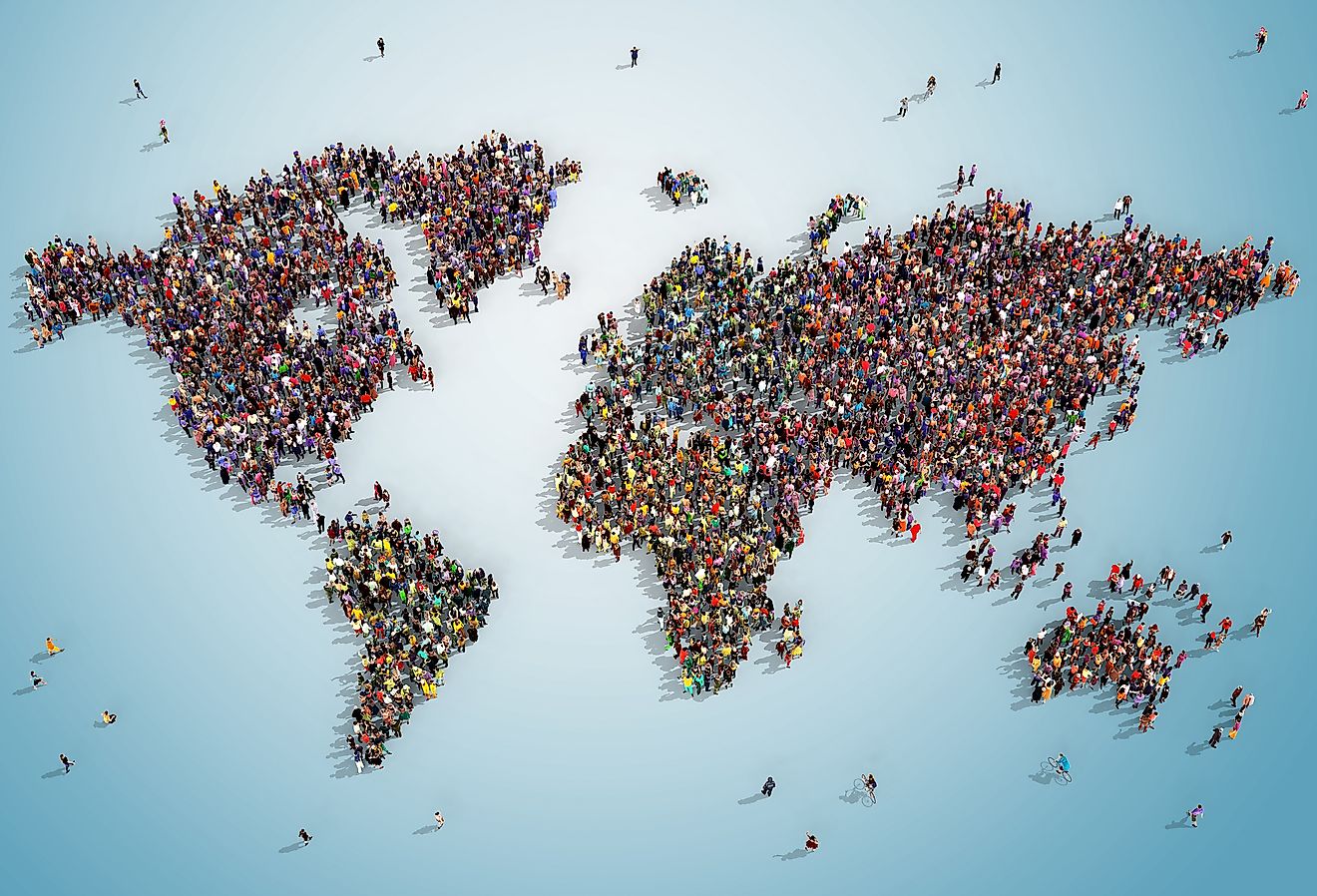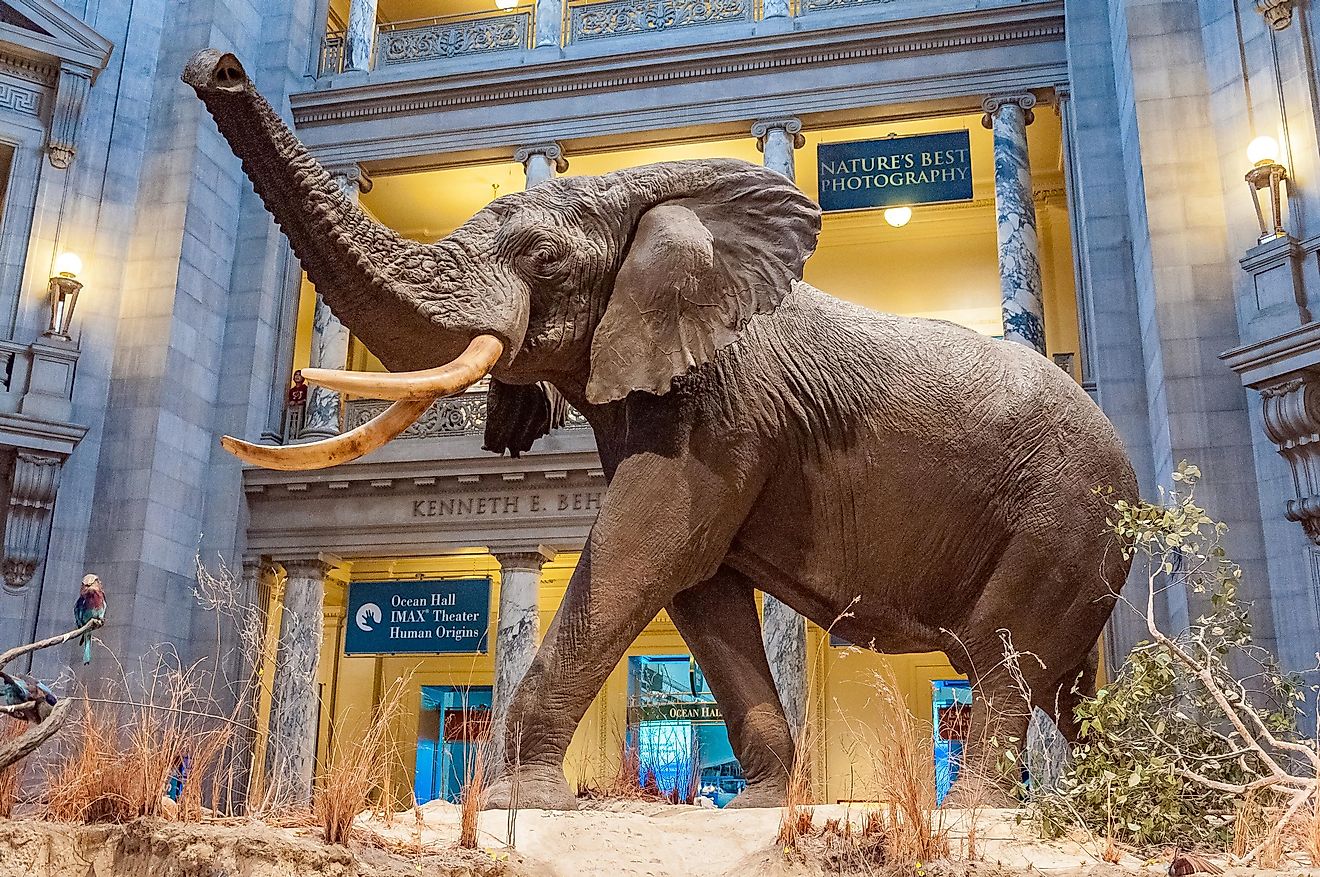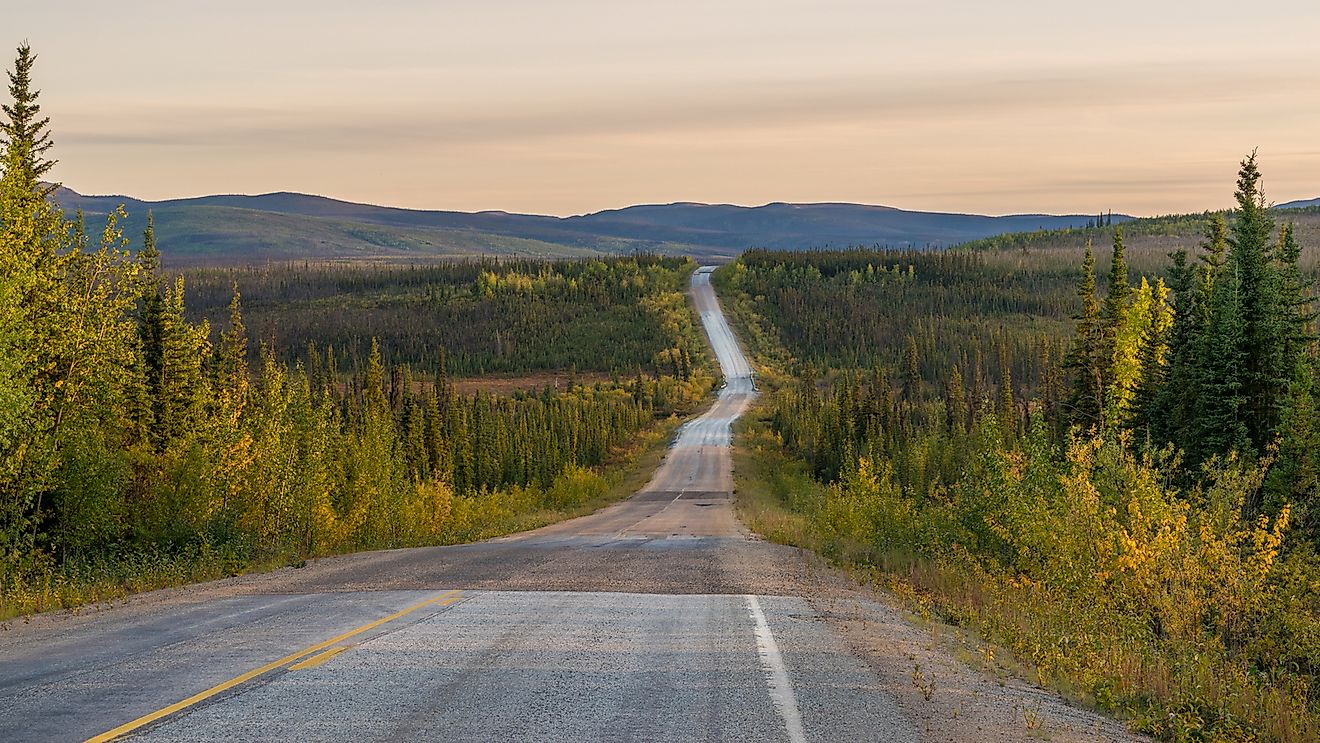How Many People Have Ever Lived On Earth?

- • The number of people who have ever lived is 108 billion. They outnumber the current living population by 15 to 1.
- • It is anticipated that by 2050 the global population will be more than 9 billion people.The number of people who have ever lived is 108 billion
- • The black death killed a third of the population in Europe.
50,000 years since human history began, the human population today stands at 7.4 billion people. Modern medicine and other advancements in various areas have bumped up the quality of life, and people are living much longer and giving birth in much safer ways, unlike in the past. Vaccinations against dangerous diseases like smallpox that wiped out 300 million humans have also contributed significantly towards the increase of people on the planet. The question that probably haunts many people is, how many people have ever existed on this planet before? The average human lifespan is about 79 years, and this means that every 100 years a generation dies out while another is born, according to the Population Reference Bureau, about 108.2 billion people have been born on earth. The staggering numbers mean that the number of people who have already died is 14 times more than the number of people currently living. Over the years, human figures have been alternating between growth spikes and declines depending on various factors present at any given time in history. Human population growth can be grouped into three main periods.
Pre-Agricultural Period
The pre-agrarian period refers to the era when humans were starting to make their way up the pyramid of life. The period encompasses the first 10,000 years of human's foray into the world. The rate of population growth in this period was extremely slow, owing to the hardships that surrounded human survival. During this period, humans used primitive tools and had not started agriculture as a way of life. The first humans had to deal with a world that was full of dangerous animals, extreme climate, and diseases that did not have any cure. It is estimated that the population in this ear was at about 10 million people at best. Despite the odds stacked against humankind, they were able to hold on and usher in the next period.
Agricultural Period
The agricultural era is the period that changed human fortunes completely. The agrarian period describes the time between 10,000 and 1,000 years ago, in this period, the quality of human life significantly improved, and as a result, the human population exploded. Food was plenty and more nutritious than ever before. For the first time, humans started domesticating animals, which reduced their dependence on hunting, reducing the risk of injury and death. The human population started doubling up within 1,000 years, and by the end of the agriculture period, human numbers stood at about 500 million. This time was the point of no return meaning that humans had attained stable populations that could withstand anything thrown at them.
Industrial Period
The industrial period refers to the passage of time from 1,000 years ago to the present day. It is the period that experienced the most growth across all aspects of human existence. The technology was invented, and that transformed everything from medication to sanitation. Better agricultural practices made it possible to plant crops in areas that were deemed impossible, therefore increasing food supplies. As a testament to how improved things in this period have become, human numbers spiked from a mere 500 million to a staggering 7 billion within that short period.
Over the years, human populations have come under massive pressure from both natural and human-made forces that have pushed them to the brink of annihilation. Although they have managed to survive many catastrophes thrown their way, the scars always remain as a lesson that no matter the numbers, safety is never guaranteed. Some of the factors that have affected the rise and fall of human p include the following.
Diseases
Before smallpox was eradicated in 1979, it had already claimed 300 million, making it one of the deadliest diseases to have ever affected human beings. Three out of every ten people that contracted the disease died, making smallpox the most feared disease of the 20th century. At its peak, smallpox was claiming 400,000 people every year in Europe alone, and this was the time when populations numbered mere millions. Smallpox wiped out 90% of Native Americans after they were infected using blankets sprayed with the virus.
Another disease that also sent humans into a spin was the Black Death that eradicated between 75 and 200 million people. The population wiped out by the Black Death between 1437 and 1350 was a third of Europe's total population. The Spanish Flu took out 50 million people in 1918 during World War I. The disease was so potent that it reduced the average lifespan of Americans by ten years. HIV AIDS has so far killed 36 million people and is still counting ever since it appeared in the 1980s. More dangerous diseases with the potential to significantly affect human populations keep popping up every day with the most recent being the Coronavirus disease that is slowly starting to take the shape of an epidemic.
Wars
A war is defined as any conflict that claims the lives of more than 1,000 people. Based on this definition, humans can correctly be described as harbingers of war because, in the past 4,000 years alone, there have been 268 years of near peace, the remaining time has been spent on wars. The twentieth century alone saw 108 million lives claimed by wars. In total, close to a billion lives have been lost to wars ever since man discovered he could get what he wants by force. The WWII that was waged between 1939 and 1945 resulted in 70 million deaths across the planet, and more than 6 million Jews are believed to have been exterminated by German allied forces. WWI was less severe than its predecessor, as it claimed 17 million lives across Europe, where the main theatre of war was waged. The Mongol incursions into Europe in the 13th century raked up a death toll of 70 million people in its wake. Mongol brutality was so bad that people would commit suicide to avoid being subjected to their hands. The Napoleonic Wars in the later parts of the 1700s claimed 6.5 million lives in Europe.
Natural Disasters
Famine, drought, earthquakes, tornados are some of the leading and unending list of natural calamities that strike humans without warning from time to time. In 1931, about 4 million people died in China after floods devastated the nation, and the immediate death toll stood at 420,000, with the rest coming from the famine and diseases that followed. In 1556, an earthquake in China claimed 830,000 lives in Shaanxi. Between the 1800s and the present day, famine around the globe has claimed the lives of 128 million people, with the worst being The Great Chinese Famine in 1958 that killed 43 million people.
Most Populous Countries
It is believed that the planet has been stretched to its limit by the current population of 7 billion and that if nothing is done about it soon, then disaster awaits. As of 2019, China was the most populous country in the world, with 1.42 billion inhabitants within its borders. The country has seen a growth of 11.9% in the last two decades. China is projected to have 1.3 billion people by 2050. The 2nd most populous nation is India, with 1.36 billion people with a 36% growth since 2000. India is projected to be home to 1.6 billion people by 2050. The United States of America comes in third with 329 million people, and the number is expected to grow to almost 400 million in 30 years. Indonesia comes fourth with 269 million people who are expected to hit 300 million in 2050. Wrapping up the top 5 is Brazil, which is home to 212 million people. The total world population has seen a 25.6% increase between 2000 and 2019, and if it maintains the same pace, there would be 9.3 billion people by the year 2050.
Interesting Population Facts
Nigeria, the most populous country in Africa, has the fastest population growth in the world and is expected to surpass America within 30 years. Russia, Ukraine, Italy, Japan, Hungary, Belarus, and Greece are the only countries on earth experiencing negative population growth. Japan is the nation with the oldest population, people over the age of 65 constitute a third of the country's population, a phenomenon that saw Japan's population drop by 1 million between 2012 and 2017. The principality of Monaco, an independent self-governing city-state in France, has the densest population in the world. It has a population of 39,000 people, all squeezed in an area of 0.78 square miles. Niger has the youngest population of any country in the world, with a median age of 15.5 years. Russia's economy is facing a risk of collapsing due to negative population growth. The country has lost almost 4 million people since the 1990s. Despite high immigration, many Russians are not giving birth, all thanks to a deteriorating quality of life and a sharp rise in male mortality.











